Semantic Localization for IoT
Author(s): Matthew Weber and Edward A. Lee
Abstract
Euclidean geometry and Newtonian time with floating point numbers are common computational models of the physical world. However, to achieve the kind of cyber-physical collaboration that arises in the IoT, such a literal representation of space and time may not be the best choice. In this chapter we survey location models from robotics, the internet, cyber-physical systems, and philosophy. The diversity in these models is justified by differing application demands and conceptualizations of space (spatial ontologies). To facilitate interoperability of spatial knowledge across representations, we propose a logical framework wherein a spatial ontology is defined as a model-theoretic structure. The logic language induced from a collection of such structures may be used to formally describe location in the IoT via semantic localization. Space-aware IoT services gain advantages for privacy and interoperability when they are designed for the most abstract spatial-ontologies as possible. We finish the chapter with definitions for open ontologies and logical inference.
Citation Formats
-
APA
Matthew Weber and Edward A. Lee. (2021). Semantic Localization for IoT. In Semantic IoT: Theory and Applications, Studies in Computational Intelligence. doi:10.1007/978-3-030-64619-6_16. -
MLA
Matthew Weber and Edward A. Lee. "Semantic Localization for IoT." Semantic IoT: Theory and Applications, Studies in Computational Intelligence, 2021. doi:10.1007/978-3-030-64619-6_16. -
Chicago
Matthew Weber and Edward A. Lee. "Semantic Localization for IoT." Semantic IoT: Theory and Applications, Studies in Computational Intelligence, 2021. doi:10.1007/978-3-030-64619-6_16. -
BibTeX
@inproceedings{WeberLee:21:SemanticIoT, author = {Matthew Weber and Edward A. Lee}, title = {Semantic Localization for IoT},
booktitle = {Semantic IoT: Theory and Applications, Studies in Computational Intelligence},
month = {April},
year = {2021},
doi = {10.1007/978-3-030-64619-6_16},
abstract = {Euclidean geometry and Newtonian time with floating point numbers are common computational models of the physical world. However, to achieve the kind of cyber-physical collaboration that arises in the IoT, such a literal representation of space and time may not be the best choice. In this chapter we survey location models from robotics, the internet, cyber-physical systems, and philosophy. The diversity in these models is justified by differing application demands and conceptualizations of space (spatial ontologies). To facilitate interoperability of spatial knowledge across representations, we propose a logical framework wherein a spatial ontology is defined as a model-theoretic structure. The logic language induced from a collection of such structures may be used to formally describe location in the IoT via semantic localization. Space-aware IoT services gain advantages for privacy and interoperability when they are designed for the most abstract spatial-ontologies as possible. We finish the chapter with definitions for open ontologies and logical inference.},
URL = {https://doi.org/10.1007/978-3-030-64619-6_16}}

